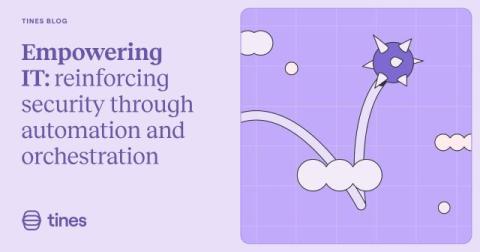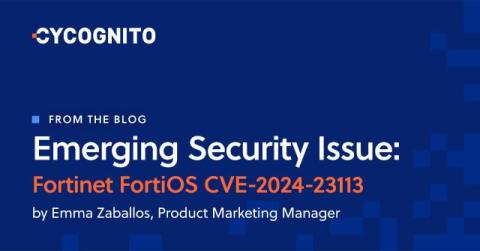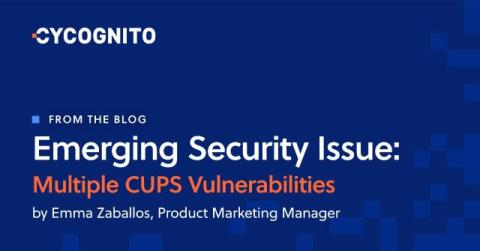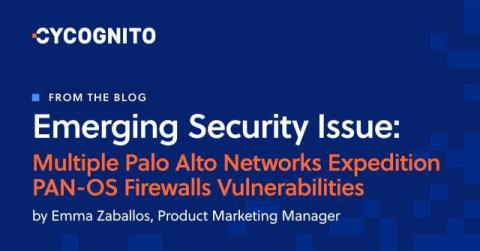Empowering IT: reinforcing security through orchestration and automation
In the ever-evolving landscape of cybersecurity, IT practitioners stand as the first line of defense against an increasingly sophisticated array of threats. Their role in safeguarding critical assets, data, and infrastructure has never been more crucial. But as the complexity and frequency of cyber attacks escalate, these professionals often find themselves overwhelmed by an ever-growing list of responsibilities and tasks.











